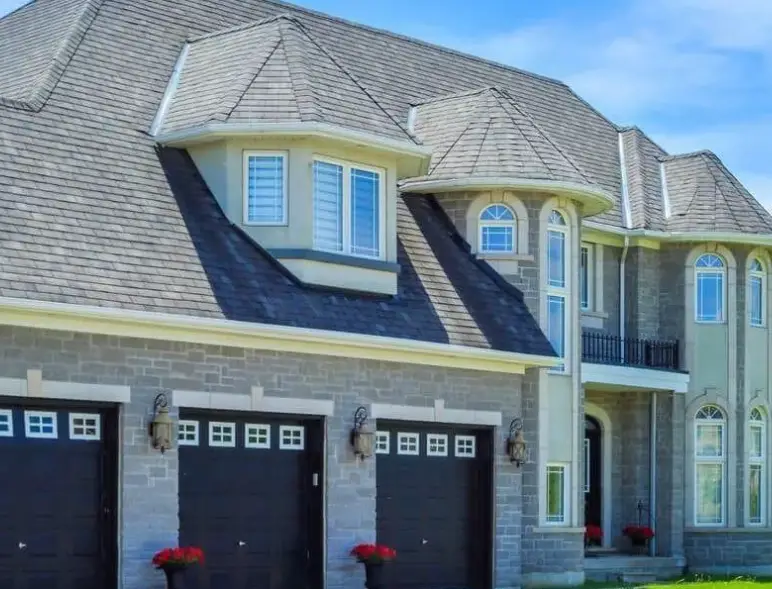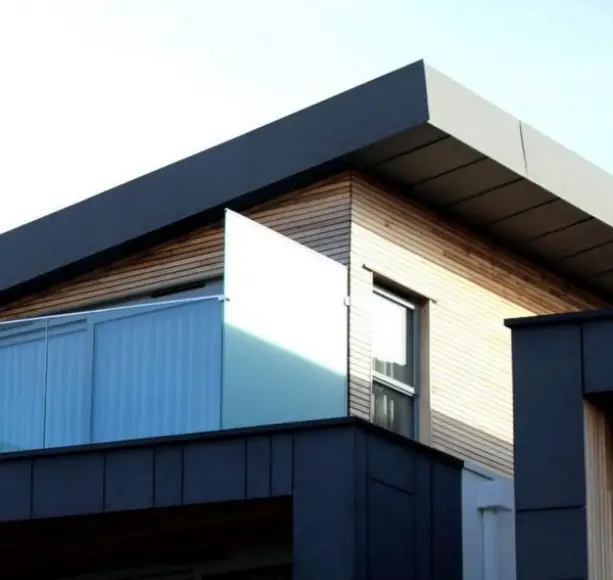Mastering Roofing Installation for Long-Lasting Protection
Roofing is one of the most crucial aspects of any home. A properly installed roof ensures protection against the elements, enhances the curb appeal of your property, and adds to the overall value of the home. This comprehensive guide delves into roofing installation, covering all aspects from material selection to maintenance, ensuring your home remains safe and attractive for years to come.

Choosing the Right Roofing Material
The first step in any roofing installation process is selecting the right material. Each material has its pros and cons, and the choice will depend on various factors:
- Asphalt Shingles: Widely used for their affordability and durability. They offer a variety of colors and styles, making them a versatile option for any home. However, they may not last as long as other materials.
- Metal Roofing: A long-lasting option that can last 40-70 years. It’s resistant to weather conditions, pests, and fire. The initial cost may be higher, but the durability makes it cost-effective in the long run.
- Clay and Concrete Tiles: These are incredibly durable, with a lifespan of 50-100 years. They offer a classic look, especially suited for Mediterranean or Spanish-style homes. Their weight, however, requires strong structural support.
- Slate Roofing: A premium option with an elegant appearance and a lifespan of over 100 years. It’s resistant to fire, insects, and rot. The installation is complex and requires skilled professionals.

Roofing Installation: A Step-by-Step Guide
- Pre-Installation Inspection: Before starting any roofing installation, a thorough inspection of the existing roof and the structure of the house is necessary. This helps identify any damage or weaknesses that need repair before installing a new roof.
- Tear-Off and Disposal: For a complete re-roofing, the old roof must be removed. This includes stripping off old shingles, tiles, or metal sheets. Proper disposal of these materials is essential, ensuring compliance with local regulations.
- Repair and Preparation: After removing the old roof, inspect the roof deck for rot, damage, or weak spots. Replace any damaged sections, and lay a waterproof underlayment to protect the structure from moisture.
- Material Installation: Depending on the chosen material, the installation process will vary:
- For asphalt shingles, they are layered from the bottom up, overlapping to ensure water runoff.
- Metal roofing involves fastening large sheets or panels to the roof deck, ensuring a tight seal.
- Tile installation requires careful placement, often starting from the bottom, securing each tile to the roof deck.
- Flashing and Sealing: Flashing is essential around roof penetrations such as chimneys, vents, and skylights. This prevents water from seeping into the home, ensuring the roof remains waterproof.
- Final Inspection: Once the roof is installed, a final inspection ensures all materials are properly secured, no leaks are present, and the roof is in optimal condition.
Maintenance and Longevity
A new roof is a significant investment, and ensuring its longevity requires regular maintenance:
- Annual Inspections: Professional inspections help identify issues early, preventing costly repairs.
- Gutter Cleaning: Blocked gutters can lead to water backup, damaging the roof and structure. Regular cleaning ensures proper water flow.
- Moss and Algae Removal: Moss and algae can damage roofing materials, reducing their lifespan. Cleaning solutions and regular treatment prevent growth.
- Timely Repairs: Addressing leaks or damage promptly prevents them from escalating into more significant issues, ensuring the roof’s longevity.
To summarize, selecting the appropriate material—whether it’s asphalt shingles, metal, clay or concrete tiles, or slate—sets the foundation for a durable roof. The installation process, including inspection, tear-off, repair, and laying the new material, is crucial to the overall success of the project.
Regular maintenance and inspections are key to maximizing the life of your roof. Keeping gutters clean, removing moss and algae, and addressing repairs promptly ensure your roof continues to protect your home effectively.